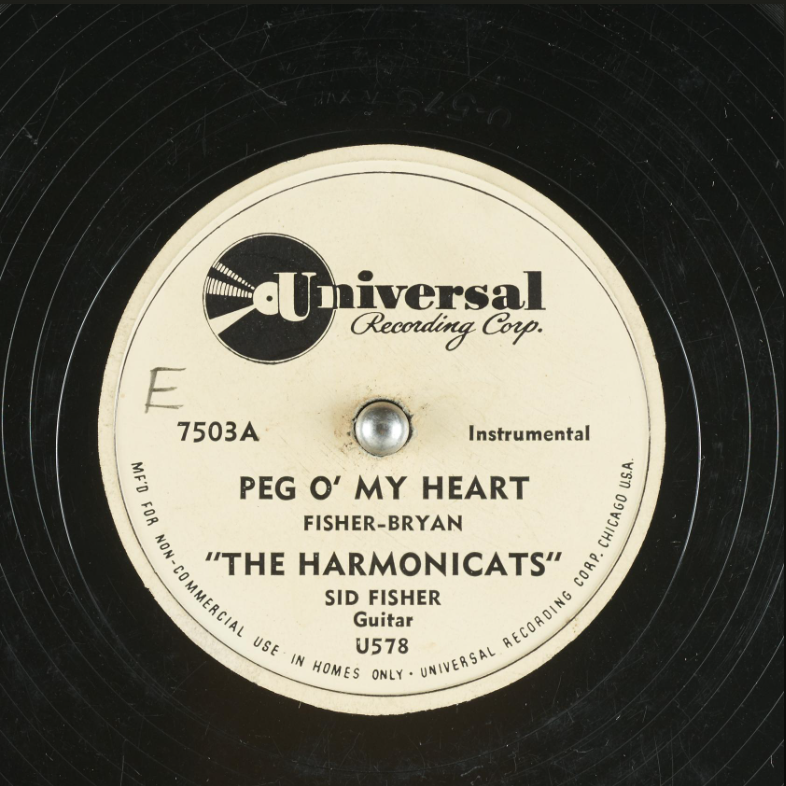Imagine yourself floating in an infinite space where there’s only air…no walls, no floor, no ceiling. Just you and the air. If you spoke in this space, you would only hear the vibration of your vocal chords from the inside of your body.
There wouldn’t be any reverb…
But, what is reverb?
In general terms, it is just the interaction of a sound with its environment. Any sound produces a series of waves that move the air, reflect off surrounding objects, altering the qualities of the sound and extending its duration for a certain amount of time, until the air stops moving and the sound is no longer perceived.
This physical quality of sound helps us to get a sense of our surroundings just using our sense of hearing. We have all noticed how our voice does not sound the same in the kitchen at home as it does in the bathroom, or in the basement. And this is something that does not only happen in artificial environments. Natural environments such as a forest or a swamp also have their own characteristic sound.
Direct vs reflected sound
Any sound is perceived differently depending on the surrounding objects and materials, and their distance to the sound source.
We do not know when exactly the natural acoustic qualities of an environment began to be used to reinforce sound, but it is easy to imagine that our ancestors must have soon noticed the difference between playing music in the open air and playing inside a cave. Since then, the treatment of acoustic characteristics of auditoriums and other music venues has continued to develop in order to nuance and improve the way we perceive sound.
Similarly, technological developments of the last centuries have led to the creation of devices for simulating natural reverberation, first as an add-on to some instruments - the spring reverb of the Hammond organ - and later as a dedicated tool for audio production - plate reverbs, digital reverbs or today's plug-ins.
Creative reverb
The use of artificial reverb in the music industry dates back to the 1930s. The first song to use it creatively was "Peg o'my heart" by the Harmonicats, produced in 1947 by sound engineer and producer Bill Putnam. Putnam placed a loudspeaker and microphone in a bathroom of Universal Recordings studios, to playback a take and simultaneously capture the results of its interaction with the acoustic qualities of the bathroom, thus placing a recording in a different space to the one in which it was originally recorded. The result is genius.
Image courtesy of archive.org
However, a tune in this playlist of songs recorded between 1920 and 1940 seems to contradict this theory. You might notice that the first nine songs have the characteristic sound of the technology of the time - mono sound and the slight natural reverberation produced by the space in which the recording was made.
But the tenth track sounds different… in Glenn Miller’s Orchestra's "At Last" - recorded in 1942 - the voice seems to be surrounded by a special quality that is not noticeable on the previous tracks, and which the other instruments on the same recording do not have. Unlike the first nine tracks, it sounds as if the singer and the band had been performing in different spaces. To my ear, it feels as if the vocals had been recorded with a similar technique to Bill Putnam's in “Peg o’ my heart”, despite having been produced five years earlier.
What do you think? Which was the first song to use artificial reverb? Whatever the answer, there is no doubt that Bill Putnam's creativity in the production of "Peg o'my heart" is eons ahead of any other production of the time!
If you know of any other songs or have additional information on this subject, I'd love to hear it!
🔊🔊



